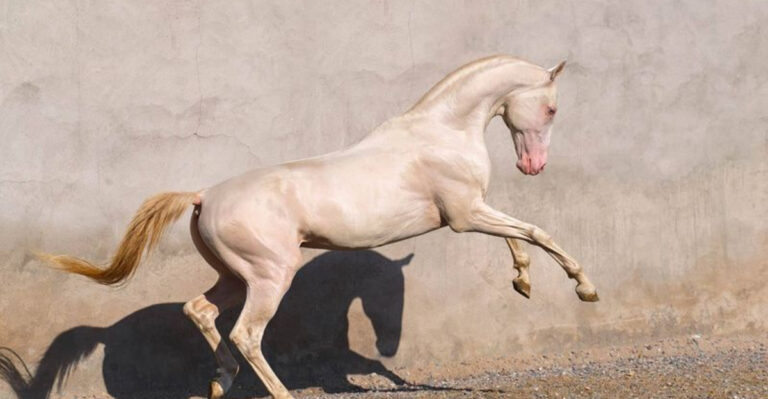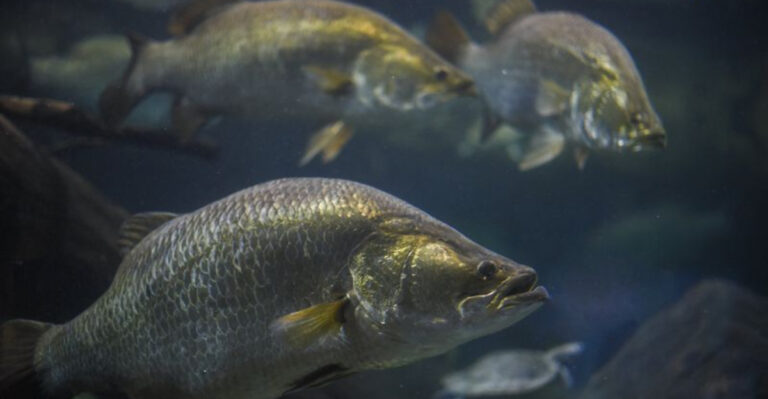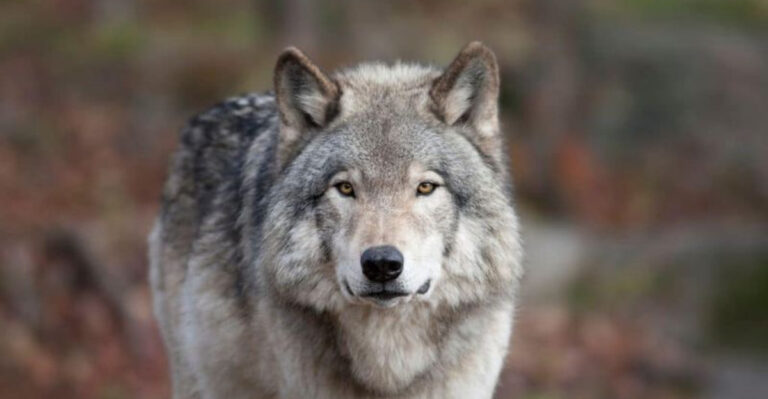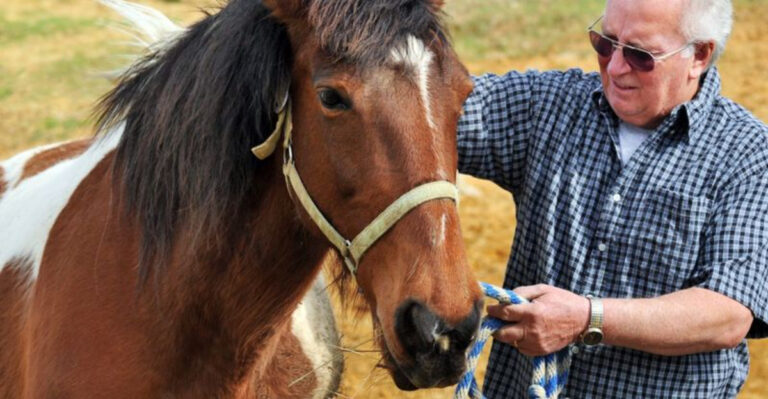14 Mammals You Did Not Know Were Nocturnal
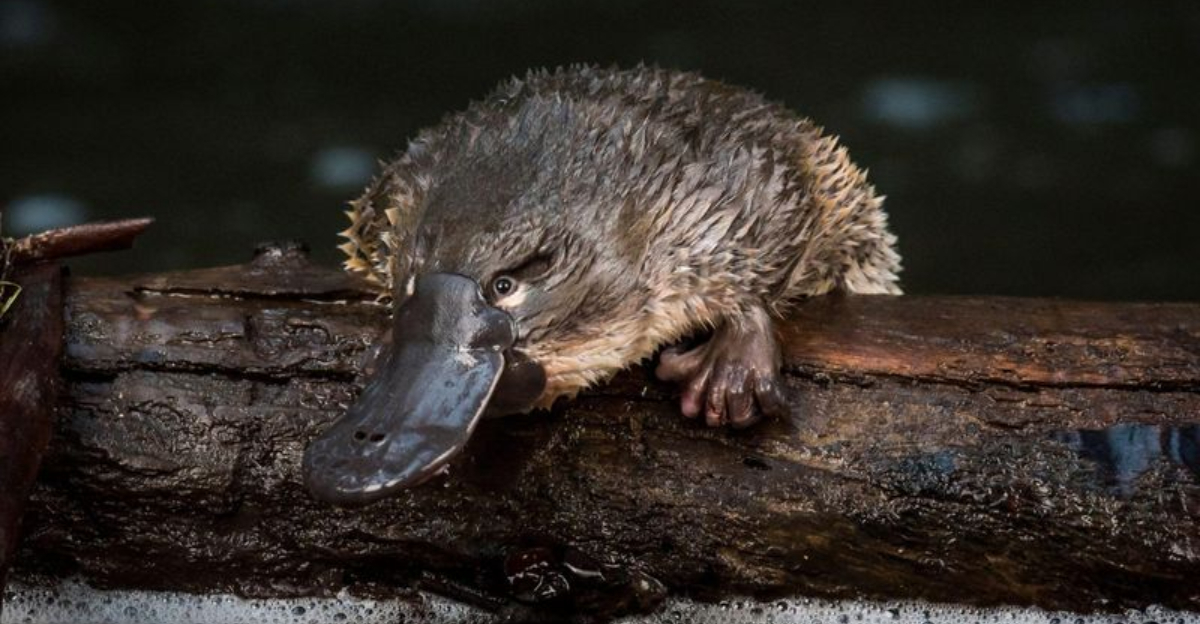
When the sun sets and darkness blankets our world, a secret society of mammals springs to life. While we’re familiar with night-loving creatures like bats and raccoons, many other mammals have evolved to thrive under the cover of darkness.
These nocturnal animals have special adaptations such as enhanced night vision, keen hearing, and extraordinary sense of smell that help them navigate and hunt when most of us are fast asleep.
1. Slow Loris: Venomous Night Crawler
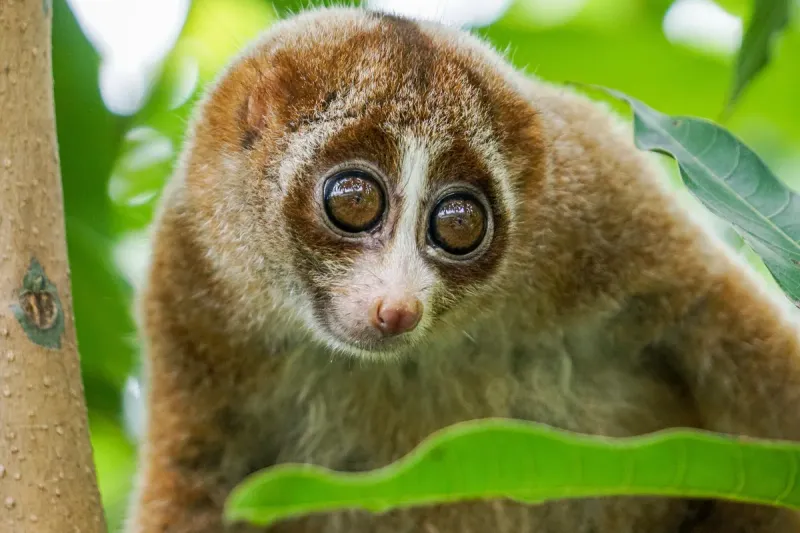
Those adorable big eyes aren’t just for looking cute! The slow loris is the world’s only venomous primate, mixing secretions from a gland on its elbow with saliva to create a toxic bite.
These Southeast Asian tree-dwellers move methodically through the canopy after sunset, hunting insects and sipping nectar. Their deliberate movements help them remain undetected by predators as they forage throughout the night.
2. Aardvark: Termite-Hunting Specialist
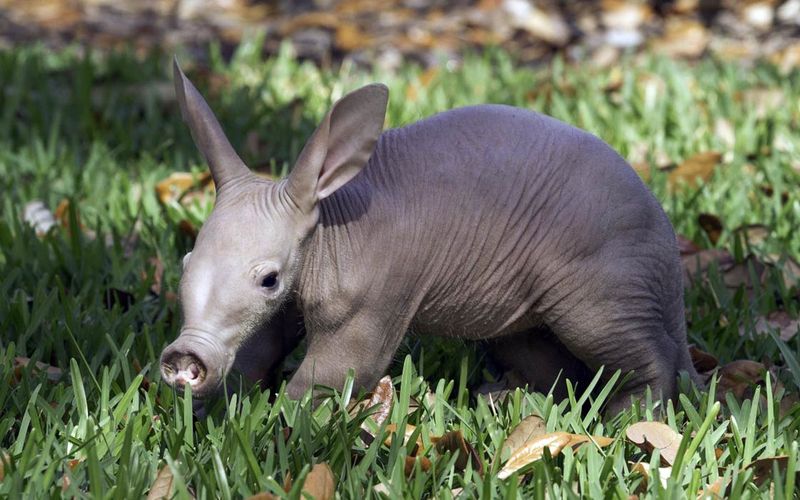
Armed with a pig-like snout and rabbit-like ears, the aardvark emerges from its burrow after dusk to begin its nightly feast. Native to Africa, these odd-looking creatures can devour up to 50,000 insects in a single night!
Their powerful claws tear through concrete-hard termite mounds while their sticky, foot-long tongue collects the insects. Despite their awkward appearance, aardvarks can outrun humans when threatened.
3. Platypus: Underwater Night Detective
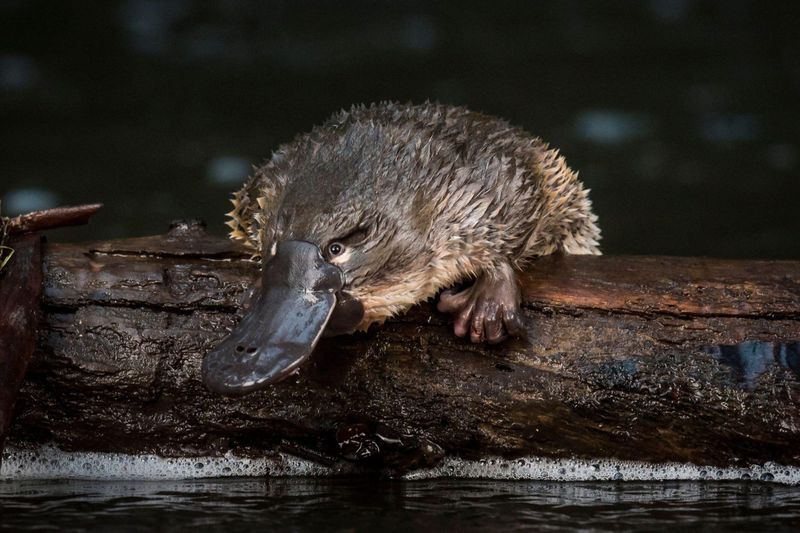
Swimming through murky Australian waters after dark, the platypus closes its eyes and ears completely underwater. Instead, it navigates using electroreception—detecting electric fields produced by muscle contractions of prey.
This bizarre mammal that lays eggs has receptors in its duck-like bill that pick up tiny electrical currents from shrimp and worms. Their specialized hunting technique makes them most active during twilight and night hours when their prey is abundant.
4. Tapir: Jungle’s Midnight Gardener
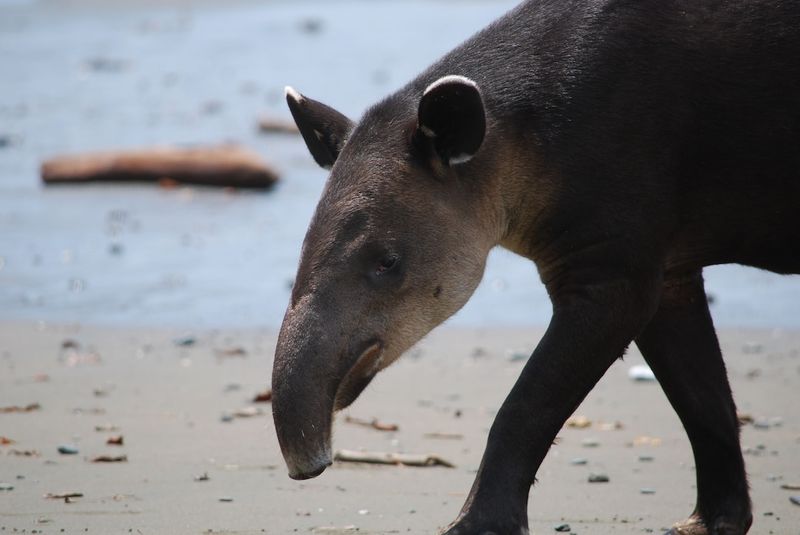
With a trunk-like snout that can grab leaves and fruit with surprising dexterity, tapirs roam tropical forests and wetlands under the moonlight. These ancient-looking mammals are actually related to horses and rhinoceroses!
During the day, tapirs rest in water or mud to stay cool and avoid predators. Their nocturnal habits developed as a response to human hunting pressure and hot daytime temperatures in their native habitats across Central and South America and Southeast Asia.
5. Pangolin: Armored Night Wanderer
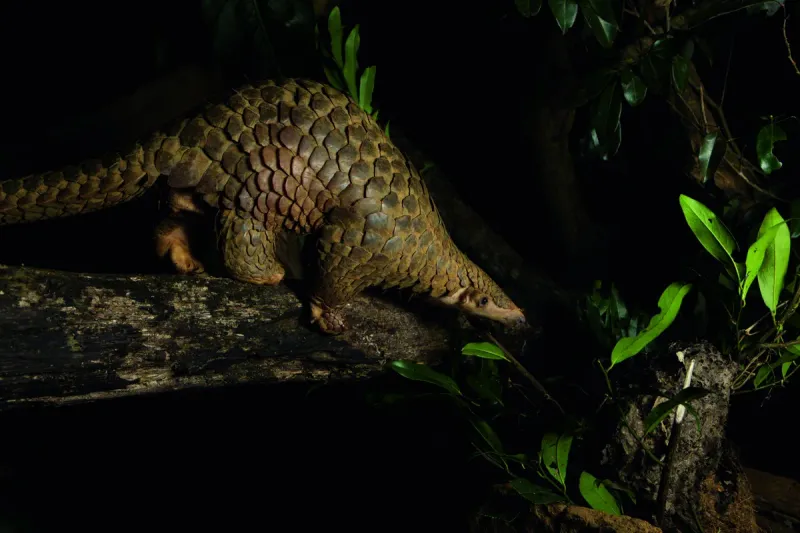
Covered in overlapping scales made of keratin (the same material as your fingernails), pangolins are walking fortresses that unroll only when danger has passed. These shy mammals curl into a tight ball when threatened, protecting their soft underbellies.
Pangolins venture out at night across Africa and Asia, using their powerful sense of smell to locate ant and termite colonies. Their incredibly long, sticky tongues can extend up to 16 inches to slurp up thousands of insects nightly.
6. Binturong: Popcorn-Scented Tree Dweller
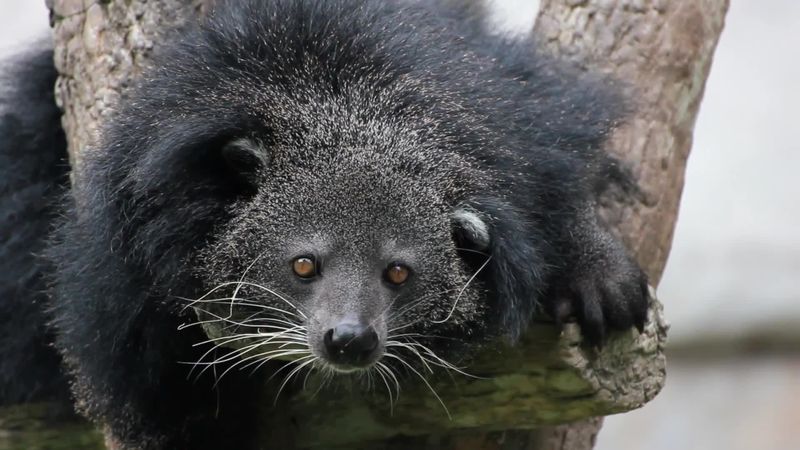
Nicknamed the “bearcat,” the binturong actually smells like buttered popcorn due to a chemical compound in its urine! This shaggy, black mammal from Southeast Asian rainforests has a prehensile tail that acts like a fifth limb.
Binturongs move slowly through the canopy after sunset, using their tail to hang from branches while reaching for fruit. Their unusual scent helps them mark territory and find mates in the darkness of dense forests.
7. Aye-aye: Finger-Tapping Tree Phantom
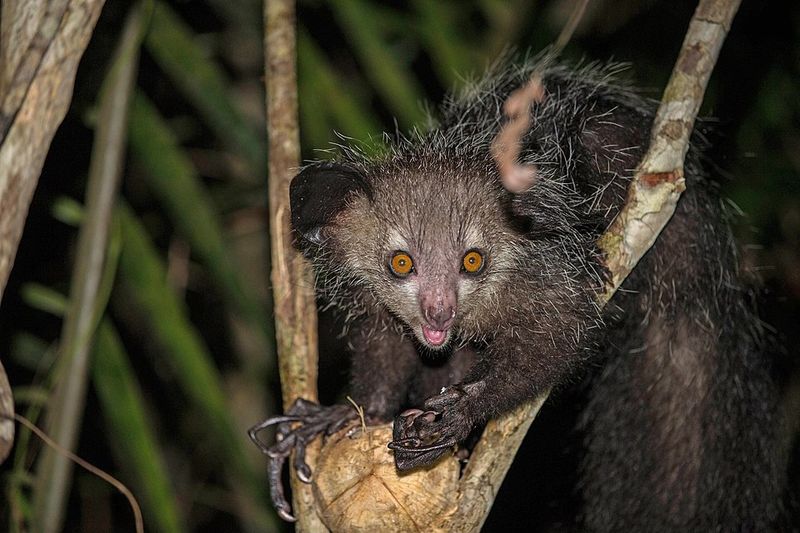
With bulging eyes, bat-like ears, and an eerily long middle finger, the aye-aye might be Madagascar’s strangest nocturnal resident. Local superstitions consider seeing one bad luck, but these rare lemurs are fascinating ecological specialists.
The aye-aye taps on tree bark with its skeletal middle finger, listening for hollow spaces where grubs hide. Once located, it gnaws a hole with its rodent-like teeth and extracts the insect using that same specialized finger—nature’s perfect wooden spoon!
8. Kinkajou: Honey-Loving Rainforest Acrobat
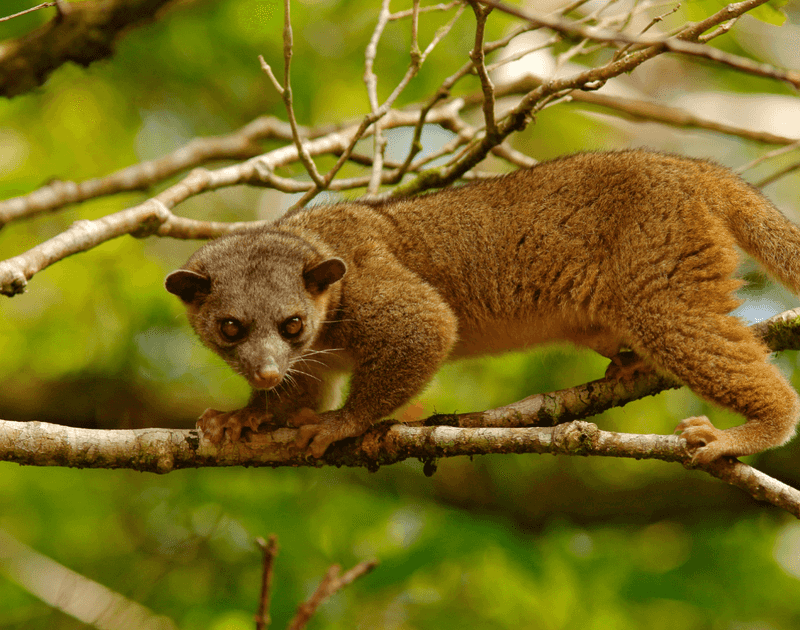
Swinging through Central and South American rainforest canopies, kinkajous perform gravity-defying acrobatics while searching for fruit and honey. Their name means “honey bear” in some indigenous languages, though they’re actually related to raccoons.
Kinkajous have a 5-inch tongue specially adapted for lapping nectar and extracting honey from beehives. Their fully reversible ankles allow them to descend trees headfirst, and their prehensile tail provides extra stability during nighttime foraging adventures.
9. Tenrec: Spiky Night Explorer
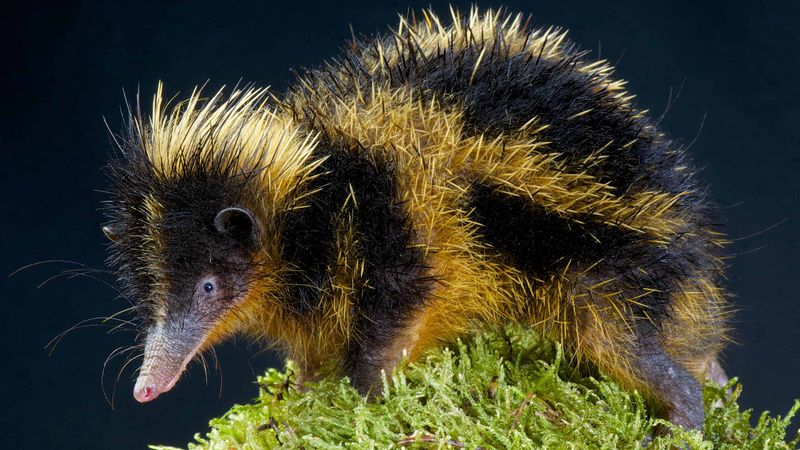
Looking like a cross between a hedgehog and a shrew, tenrecs have evolved one of the strangest adaptations in the mammal world—their body temperature can fluctuate by over 20 degrees! Native to Madagascar, these spiny creatures conserve energy by lowering their metabolism at will.
Tenrecs scurry around the forest floor after dark, using their sensitive whiskers and spines to navigate. Some species communicate through specialized quills that make cricket-like sounds when rubbed together—nature’s tiny violinists!
10. Olingo: Masked Banana Hunter
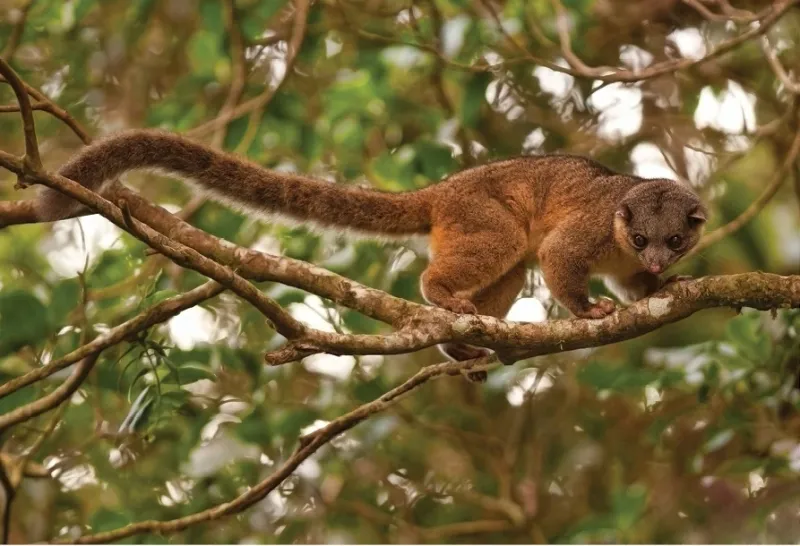
Often confused with kinkajous, olingos sport raccoon-like masked faces and sleek bodies perfect for nighttime tree exploration. These Central and South American mammals have recently been reclassified, with some populations recognized as entirely new species!
Olingos leap gracefully between trees under moonlight, searching primarily for ripe fruit. Unlike their kinkajou cousins, they lack prehensile tails but compensate with incredible agility and balance. Their specialized night vision helps them spot perfectly ripe bananas and figs.
11. Potto: Slow-Motion Forest Ninja
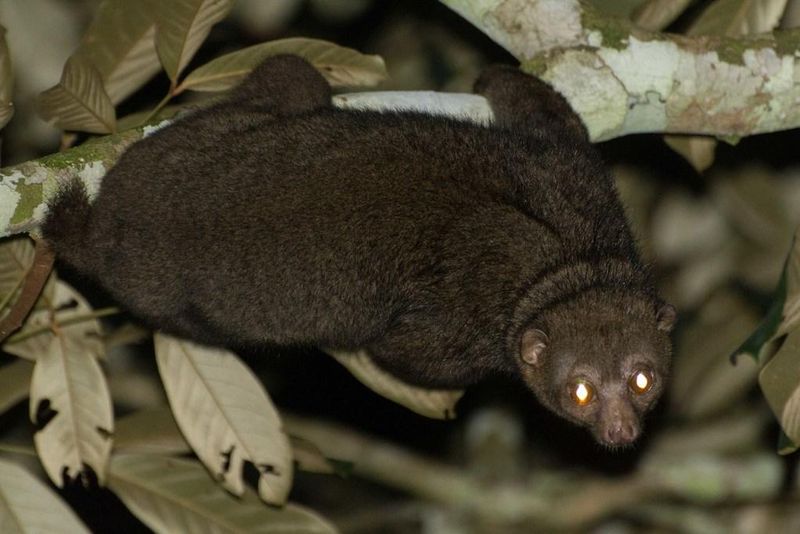
Moving at a pace that makes sloths seem speedy, the potto navigates African rainforest branches with deliberate precision. Their peculiar adaptation—bony spines protruding from their neck vertebrae—creates a protective shield when they tuck their head down against predators.
Pottos have specialized hands with a pseudo-thumb formed from their wrist bone, perfect for gripping branches. Their diet includes fruit, insects, and occasionally small vertebrates. Their slow movements and excellent camouflage help them remain virtually invisible in the nighttime canopy.
12. Spectral Bat: Giant Night Predator
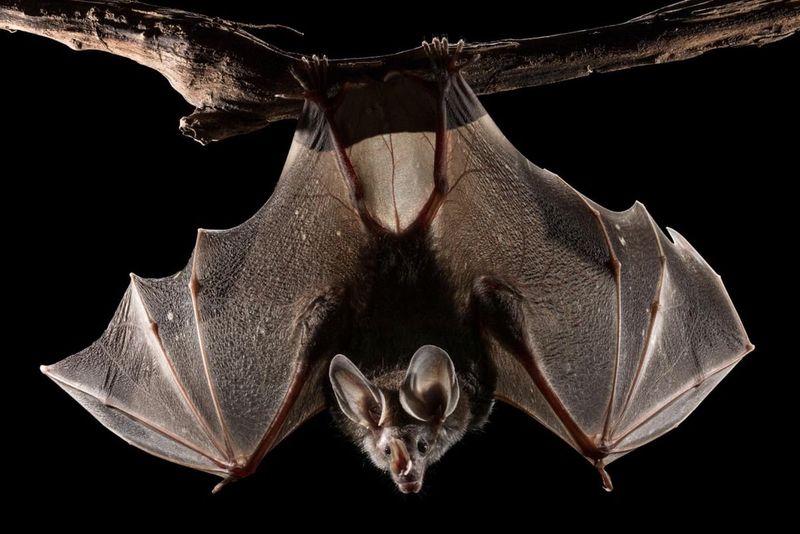
While most people know bats are nocturnal, few realize the spectral bat—the largest carnivorous bat in the Americas—hunts other bats! With a wingspan reaching nearly 3 feet, these aerial predators swoop through the rainforest hunting birds, rodents, and smaller bat species.
Unlike fruit bats that use smell to find food, spectral bats rely on echolocation to track moving prey. Their specialized nose leaf helps focus sound waves as they patrol their territory. A single spectral bat can consume prey weighing up to one-third of its body weight nightly.
13. Tarsier: Bug-Eyed Night Hunter
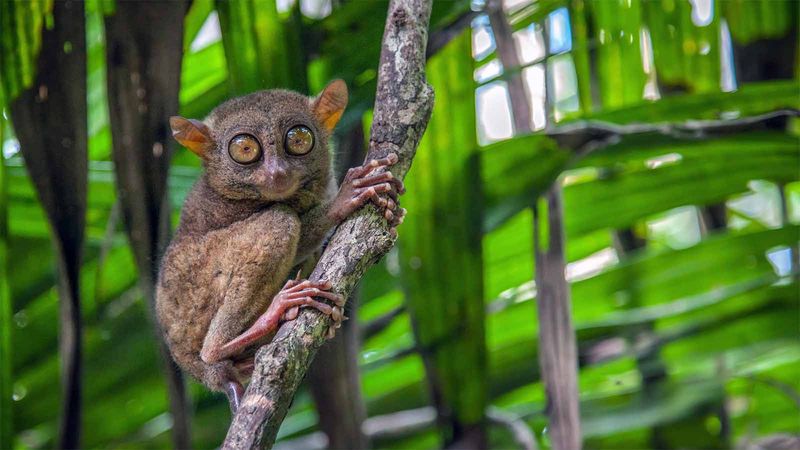
Possessing the largest eyes relative to body size of any mammal, tarsiers couldn’t move their eyeballs if they tried—they’re fixed in their sockets! Instead, these tiny primates can rotate their heads 180 degrees like owls to scan for prey.
Native to Southeast Asian islands, tarsiers are the only completely carnivorous primates, leaping up to 3 feet to catch insects, lizards, and even small birds. Their enormous eyes lack the reflective layer most nocturnal animals have, requiring them to absorb every available bit of light.
14. Zorilla: Africa’s Midnight Skunk
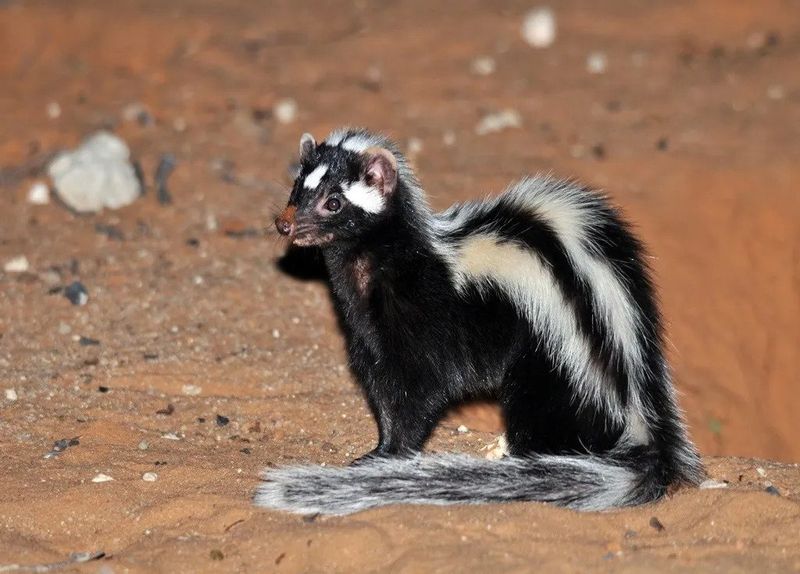
Often called the African skunk, the zorilla unleashes an odor more potent than any actual skunk—detectable from half a mile away! These boldly striped mammals prowl the savannas and woodlands of Africa after dark, hunting rodents, birds, and reptiles.
Despite weighing less than 3 pounds, zorillas fearlessly stand their ground against much larger predators. Their striking black-and-white pattern serves as a warning, and they’ve mastered the art of spraying their noxious musk with remarkable accuracy, targeting the eyes of threats.



